“This is eurythmy for the future.”
In May 2014, Markus and Andrea Weder of Austin, Texas, together with speech artist Jeremiah Turner, cellist Jun Seo and violinist Risa Ando, brought their new eurythmy performance, Project Zero Circle, to Fair Oaks, California. I found it to be the most remarkable eurythmy performance I have ever seen.
Let me present a few disclaimers first. At 85 years old, I certainly no longer belong to the younger generation. I have had only limited formal education, and I have no musical talent to speak of. I love to paint, however, and even more than that, I love to garden. I love colors, and I love living things. And I have been a lifelong student of Rudolf Steiner.
So what was it about this evening of eurythmy that impressed me so much? The first part of the evening’s performance consisted chiefly of serious works by the poet Denise Levertov, interspersed with the movements of the violin and cello duo Sonata by the French composer Maurice Ravel.
The eurythmists entered the performance space from the front. From their very first steps, we could experience with how much love and how much presence of consciousness they indwelled the space. Their faces were very neutral, and very open, and we could see how their ears were opened wide to hear what lived or what was to come in the space. The connection between the two of them, and from the two of them to the audience, was palpable. Then the recitation began, and with articulate movements they brought the pictures of the poetry to life.
Beginnings
But we have only begun
To love the earth.
We have only begun
To imagine the fullness of life.
How could we tire of hope?
So much is in bud.
How can desire fail?
---we have only begun.
to imagine justice and mercy,
only begun to envision
how it might be
to live as siblings with beast and flower,
not as oppressors.
The music was an intimate conversation between two instruments, and as the two eurythmists moved it together, I could see the conversation of the cello and violin imprinted into the space in front of me. The eurythmists gestures were articulate and graceful, corresponding exactly to what I was hearing.
In the second half of the performance, the eurythmists chose to do a series of Japanese Tankas, short poems with powerful symbolic or metaphorical images, accompanied by solo cello works by contemporary Russian composer Sofia Gubaidulina.
It was this second half of the performance that I found most riveting. The performers began by simply laying a long colored silk on the floor. This was intended to “augment” the mood imparted by lighting by bringing a “stroke of color” to the floor, much as a painter might paint a single line on a canvas. In the course of the evening, three more silks were also laid on the floor, a tasteful and very subtle gesture that helped paint the mood of the poems. Although we are not used to seeing objects placed into the space in a eurythmy performance, in this case I found what they brought was not at all gimmicky, but truly relevant.
The tankas were delightful. Some were humorous----as was the poem about a chicken taking a dust bath, or the old man who mistakenly took his umbrella to a bicycle shop for repairs! Others were more serious, yet all were done with exquisite artistry, and every single gesture was a perfect embodiment of a sound of language. Nothing was extra, nothing was contrived: everything was lawful yet beautifully original.
Here I also want to comment on the costumes, for although some of the costume choices were surprising, I experienced them all to be perfect choices. For instance, Andrea wore a very bright red dress for a poem about a garden. Upon reflection, I realize that I instantly experienced in myself the counter image of green in my own soul as I watched her move in red!
It was, however, the eurythmists’ presentation of the solo cello work by Sofia Gubaidulina that most impressed me. This is music that I would never listen to in my own personal life. It is harsh and grating, sometimes shrill, usually a-rhythmical. In many parts of the score, the composer merely indicated to the player that s/he should improvise for a few seconds, before continuing to play the scripted music. The eurythmists thus had to work in an active dialog with the cellist during the performance, “intuiting” with him in the moment what notes he would play!
And as I watched and listened, I had the ever-present experience: This is where humanity is NOW! This is what we have to hear, with all of its dissonances and strained harmonies and rhythms, because this is the perfect expression of the stretching and straining we are all going through now!
I have seen quite a few eurythmy performances n my life, and enjoyed most of them. Yet usually, the memory of them was usually gone the next morning. This one continues even now---days later—to stay with me. And as it goes through me again and again, I continually feel, “This is eurythmy for the future. This is what eurythmy is evolving into, and it is beautiful.”
Johanna Frouws
Fair Oaks, CA
May 28, 2014
